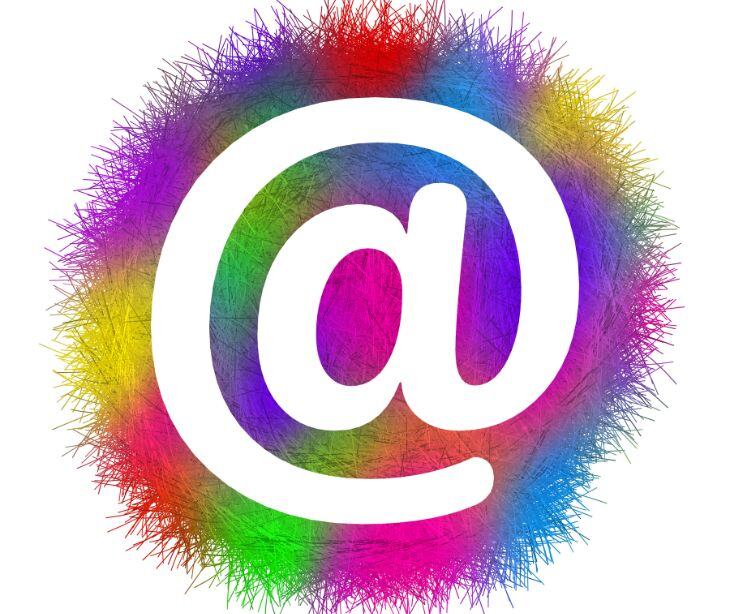2 min read
Educating patients on the forms of psychiatry using HIPAA compliant email
Kirsten Peremore
October 18, 2024

Knowledge empowers patients, allowing them to make informed decisions about their treatment options. Understanding the differences between psychodynamic therapy, cognitive behavioral therapy (CBT), and medication management can help patients identify which approach aligns best with their personal preferences. The approach allows mental health professionals to create a sense of agency which will enable patients to actively participate in their recovery journey rather than feeling passive.
The Journal of Orthomolecular Psychiatry provides, “An open and informative approach to dealing with mental illness, however, leads to a healthy acceptance and a responsible attitude toward learning to cope with the illness,” Education, therefore, serves to clarify misconceptions about psychiatric treatments like the idea that medication is the only solution.
Types of psychiatry
There are numerous forms of therapy, however, a few common methods are discussed below.
Psychotherapy
Also known as talk therapy, this is based on a structured conversation with trained mental health professionals to address emotional and psychological issues. Types of psychotherapy include:
- CBT
- Psychodynamic therapy
- Humanistic therapy
- Interpersonal therapy
Medication management
This form of therapy is based on prescribing medications to help manage the symptoms of mental health disorders.
Supportive therapy
Provides emotional support and encouragement, helping patients cope with stress. It may include peer support groups or counseling.
Psychoeducation
Involves educating patients and their families about mental health disorders, treatment options, and coping strategies to improve understanding and compliance.
How to use email to educate patients
Segment audiences
- Start off by identifying the different patient groups based on their specific needs, diagnoses, or treatment.
- Tailor content is based on these patient groups so that each patient receives the full spectrum of treatment options used in treating their mood disorder.
Develop educational content
- Create informative content that outlines the forms of psychiatry including its purpose, techniques, and potential benefits.
- Alternatively, make use of resources from reliable sources like the American Psychiatric Association.
Use clear and accessible language
- Use simple, jargon free language to make sure that information is easy to understand.
- Avoid overly technical terms and provide definitions where necessary. A conversational tone can make the content feel more approachable and less intimidating.
Encourage interaction
- Promote two way dialogue by encouraging patients to respond with questions or concerns.
- This can be achieved by making use of surveys, polls, or Q&A sessions.
Maintain consistent communication
- Establish a regular email schedule to provide ongoing education to consistently reinforce the need for mental health literacy.
- Use weekly or monthly newsletters that feature different themes like those that focus on one type of therapy per newsletter.
FAQs
What is the best time of day to email patients?
Mid morning or early afternoon.
What is a support system?
A network of people like family, friends, or healthcare professionals.
Why should patients be segmented when deciding how to share educational information?
Different groups may have unique needs and by only providing relevant information, patients are not bombarded with information.
Subscribe to Paubox Weekly
Every Friday we'll bring you the most important news from Paubox. Our aim is to make you smarter, faster.



